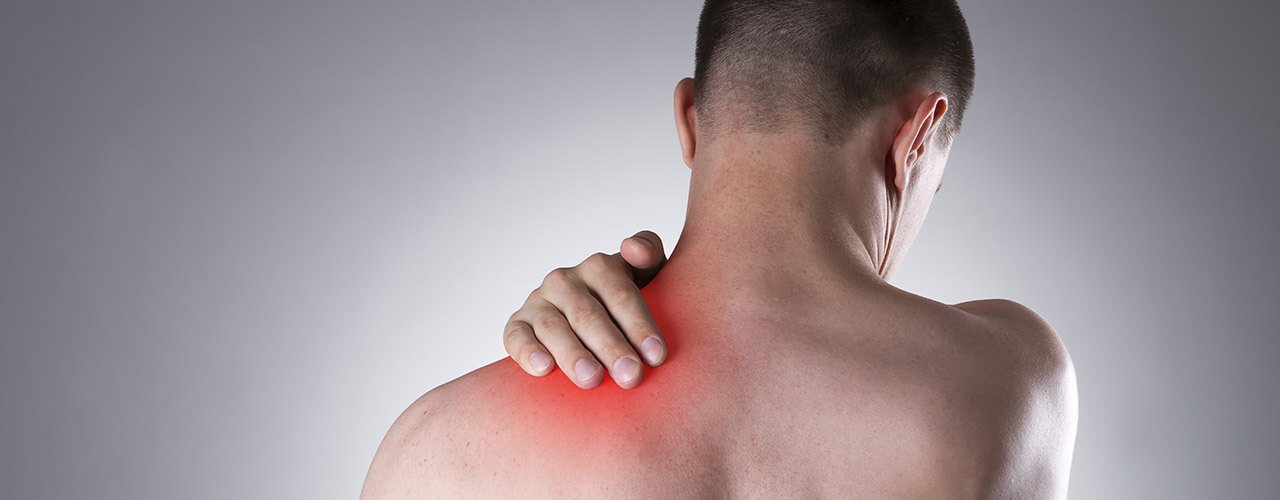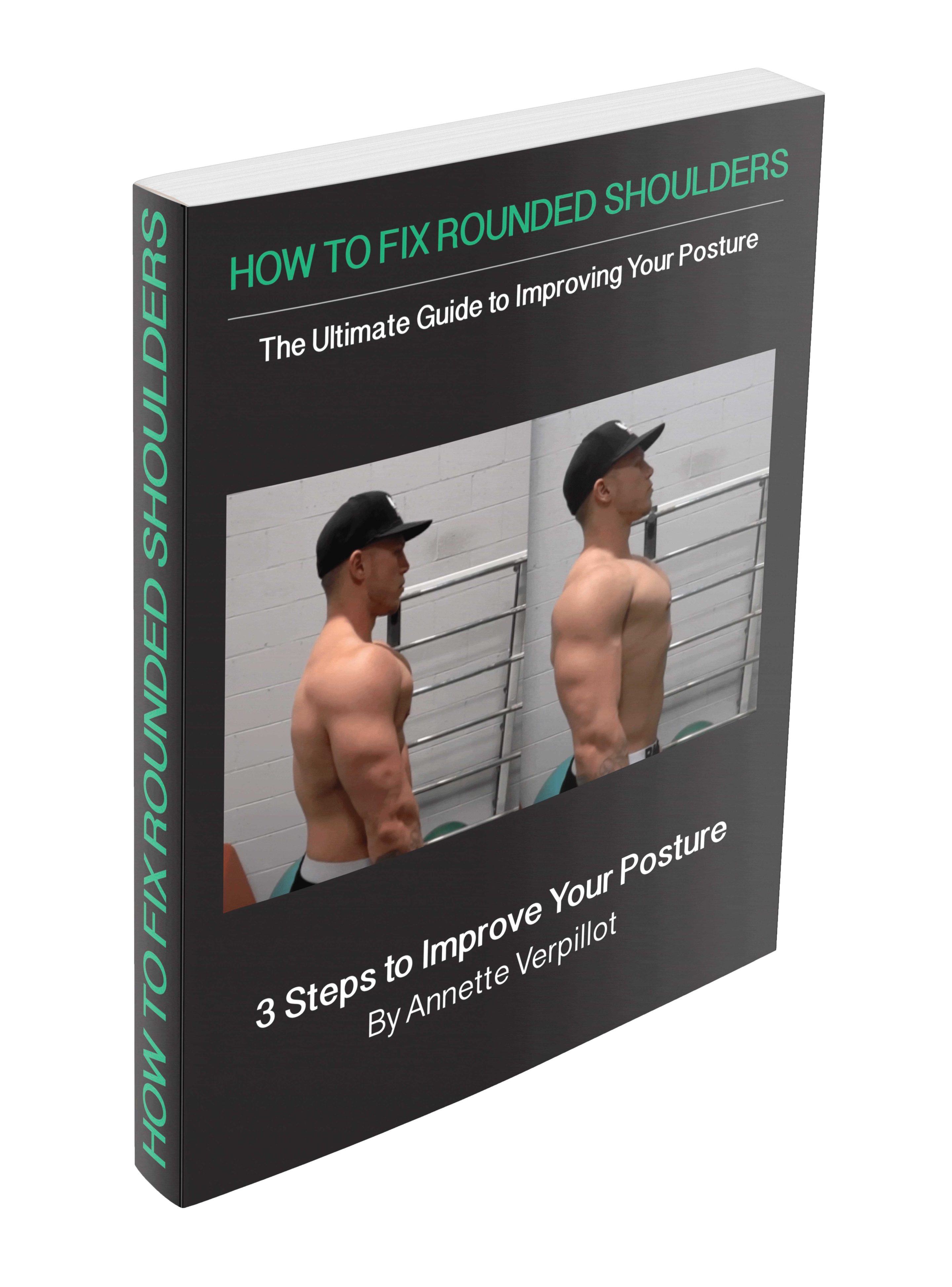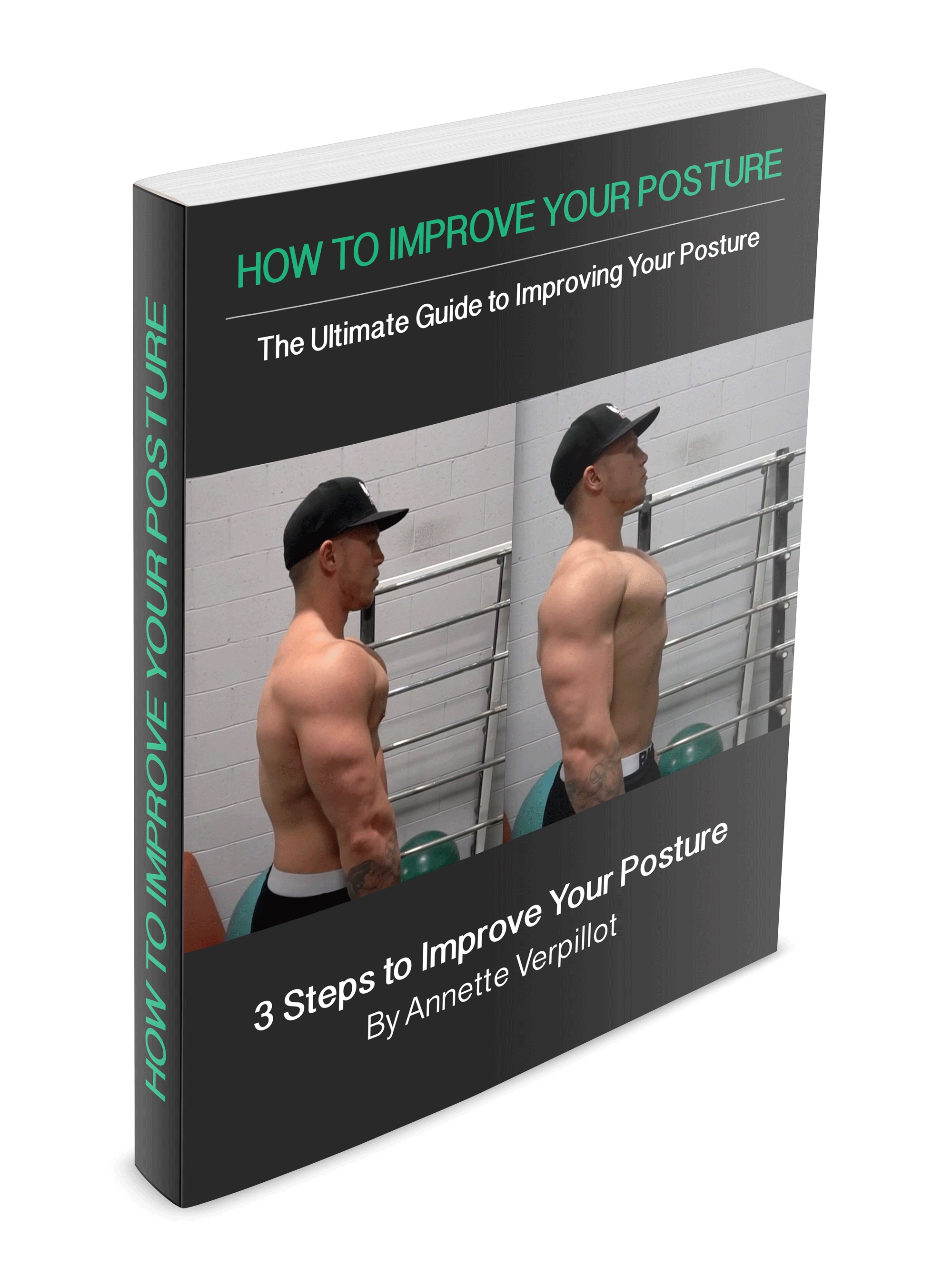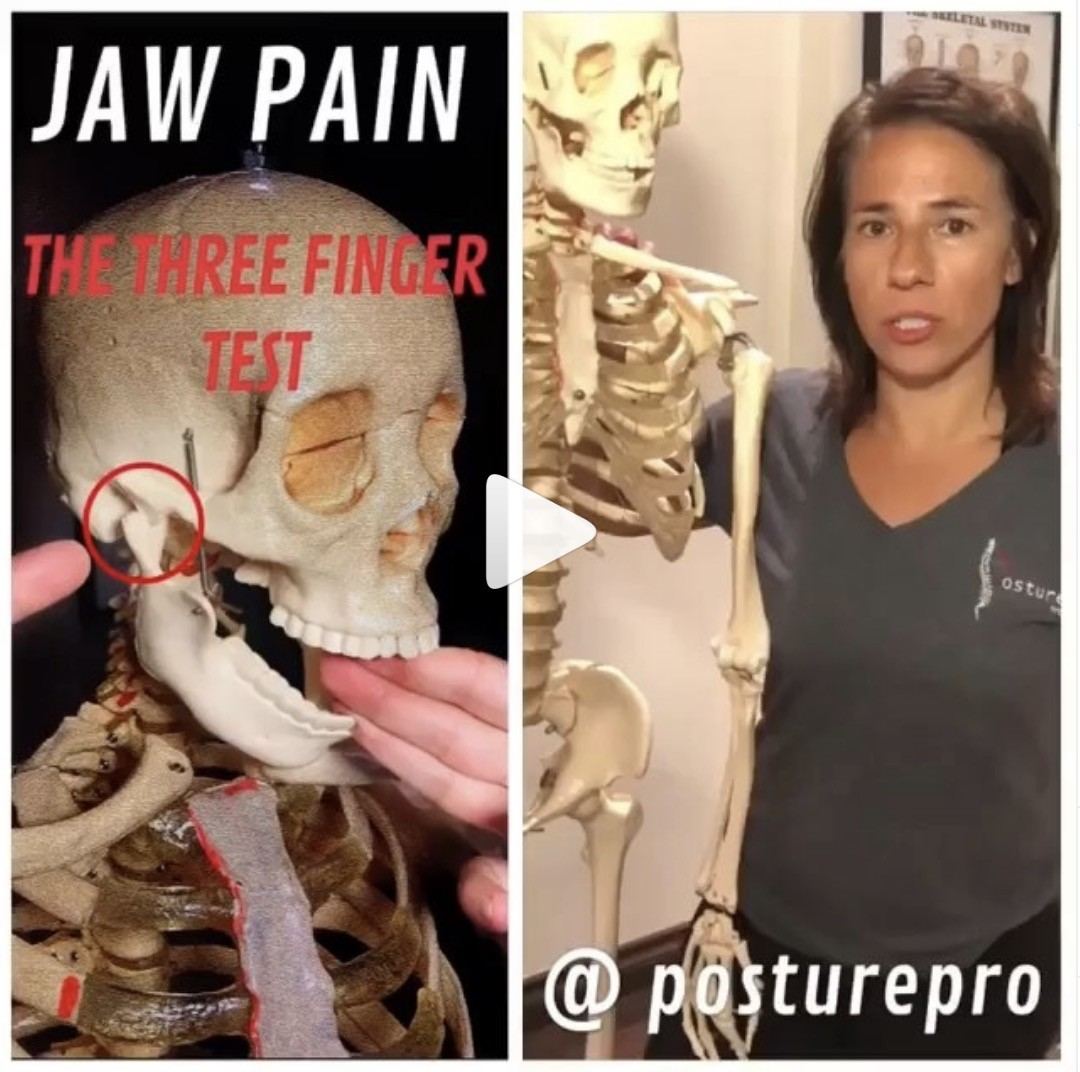Neck Pain Relief

The TMJ is perhaps the most complicated joint in the human body. Even though it’s small, it has many intricacies to its architecture and, as you can see from this picture, the position of your lower jaw can affect your cranium cervical spine shoulder girdle and hyoid bone.
To help you comprehend exactly where the temporomandibular joint is located and how it’s constructed, you can break this compound word down into two parts, each of which refers to the bones that comprise the joint.
Let’s deconstruct this name so that you can make some sense of the anatomy involved.

The Temporomandibular Joint
The first part, temporo, refers to the temporal bone. The temporal bone is located on either side of your skull towards the bottom (near your ear). One thing that may help you find your temporal bones is to put your hand on your temple. The temporal bone is located just underneath that, so if you slide your hand just a little way down until you feel hard bone, you’ve found the upper bone of the TMJ.
The second part of the word is mandibular, which refers to the bony structure that moves up and down, and to a lesser degree, side to side, during the act of chewing. The mandible is host to your bottom set of teeth. The mandible is considered to be the jaw bone. An interesting fact is that it’s the only bone in the face that can move.
The Three Finger Test
If you have a hard time putting 3 fingers in your mouth, then you might have what doctors refer to as retrusive jaw opening.
In other words, when you try to open your mouth, the condyle first does a rotation movement and then moves up.
In this opening pattern, the muscles of your jaw, like the lateral pterygoids, can be so tight, they instigate a change in the normal order of component movements that occur in mouth opening.
This not only makes the lateral pterygoids even tighter, but it can lead to problems with the disc that’s located inside the joint and also affect your posture.
Benefits of Good Jaw Posture
Good jaw posture depends on good tongue posture, and good jaw posture keeps bones and joints in the correct alignment so that muscles are being used symmetrically.
1. Strengthens Face Muscles
Putting the tongue on the roof of the mouth activates muscles that have not been used previously, specifically the upper part of the face and the jaw. I found that it improves bags under eyes and makes the face more defined overall.
2. Corrects Facial Growth
By strengthening the face muscles and giving it support, you force your face to grow horizontally, rather than going down. If you look at most older people you can notice how their faces are longer and they have a less defined chin, this is due to many years of bad face posture. If you keep your tongue on the roof of mouth all the time you can actually improve your face as you age.
3. Promotes Straight Teeth
By keeping the tongue on the roof of the mouth you slowly start to expand the upper palate, which also expands the jaw. The number one reason for crooked teeth is small mouths because there’s not enough space for all the teeth to grow comfortably. This also explains why many people today have to get their wisdom teeth removed; there’s simply not enough space.
4. Improves Overall Body Posture
The body is linked together and every part of the body is dependent on each other, if some part of the body is misaligned it can cause other parts to get misaligned as well. Tongue posture could be the missing link of good body posture. Keeping the tongue on the palate supports the head and neck, this gives the last bit of support the body needs. This practice can help those who have forward head posture.
So what’s the takeaway?
- Keep your lips together
- Keep your teeth together
- Keep the tongue on the roof of your mouth
These habits lead to a more attractive appearance by encouraging the face to grow horizontally and outward rather than vertically and inward. Unless you’re doing heavy exercise, mouth-breathing should be avoided because it promotes that unattractive downward growth of the face. Adult faces can change as they age and often it’s for the worse.
References:
Al-Hadi LA. Prevalence of temporomandibular disorders in relation to some occlusal parameters. J Prosthet Dent 1993; 70:345-50.
Ozkan H, Kucukkeles N. Condylar pathway changes following different treatment modalities. Eur J Orthod 2003;25:477-84.
Silva AG, Punt TD, Sharples P, et al. : Head posture and neck pain of chronic nontraumatic origin: a comparison between patients and pain-free persons. Arch Phys Med Rehabil, 2009, 90: 669–674
Piehslinger E, Celar RM, Horejs T, Slavicek R. Orthopedic jaw movement observations. Part II: The rotational capacity of the mandible. Cranio 1993;11:206-10.

Free Guide: How to Fix Rounded Shoulders
Download a copy of How to Improve your Posture right away by entering your email below:
The causes behind poor posture.
Shoes and gait.
How tongue position and swallowing mechanics affect your body.

Free Guide: How to Fix Rounded Shoulders
Download a copy of How to Improve your Posture right away by entering your email below:
The causes behind poor posture.
Shoes and gait.
How tongue position and swallowing mechanics affect your body.
QUESTIONS ABOUT OUR PROGRAM?
BOOK A FREE CALL WITH ANNETTE

